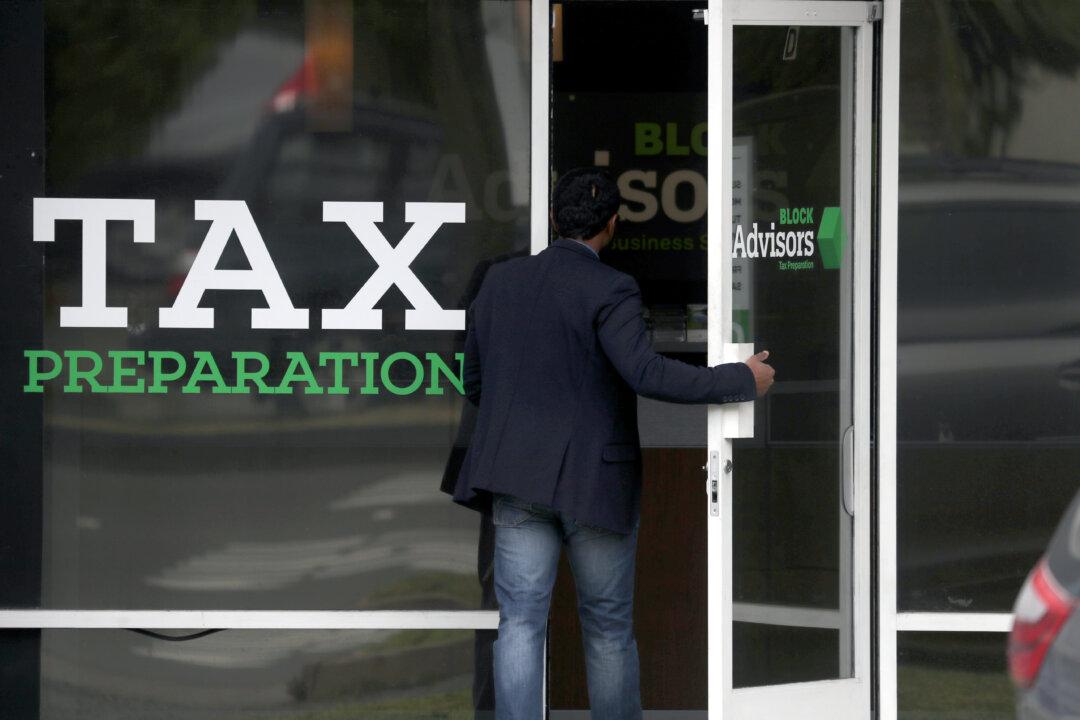Commentary
When I was at the Orange County Register writing unsigned editorials, from 1987 to 2016, we made sure always to oppose every local tax increase—including “bonds,” which I called “delayed tax increases,” because that’s where the money eventually comes from. Local and state governments can’t print their own money, unlike the federal government.





